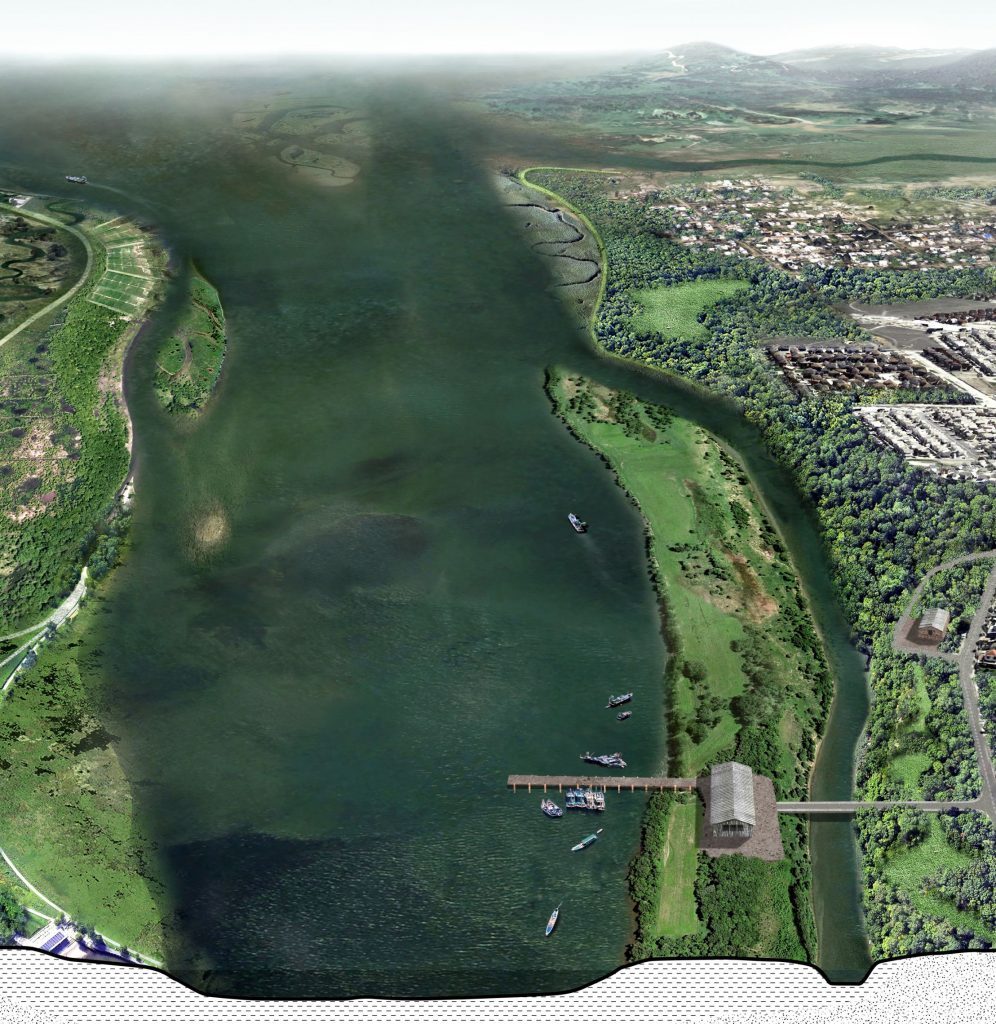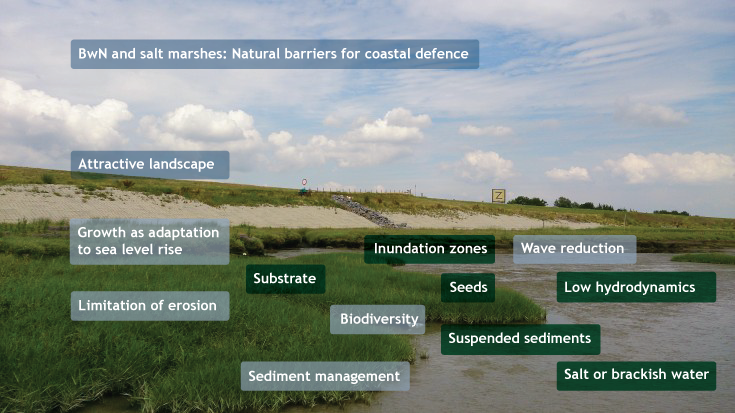Guidance
Since Building with Nature (BwN) solutions are natural solutions, their suitability and effectiveness is largely determined by the interaction of a given BwN solution with the surrounding natural system. Therefore, knowledge of the natural dynamics is essential. Over the years, the EcoShape consortium has collected a vast amount of knowledge on BwN solutions and related system dynamics. This knowledge has been developed by bringing experts from different fields together and trying out specific BwN Technology in practice through pilot projects. This has resulted in an abundance of knowledge that was previously stored on our separate Guidelines website, which has now been merged with the EcoShape website into one overarching BwN Platform website. The guidelines have been carefully composed and reviewed by the participants of EcoShape’s BwN programme.
This Platform can serve as guidance for the development of similar BwN solutions at different locations across the world and assist in the development of new BwN ideas, based on previous insights. The evidence base of BwN technology and system knowledge is one of the necessary essential aspects to enable the implementation of BwN.
The system as the starting point
The implementation of BwN starts with obtaining an understanding of the driving processes that shape the natural system. Therefore, EcoShape has made a distinction in 6 different landscapes where a combination of different BwN solutions (the Concepts) are possible, depending on the local conditions and processes. This landscape conceptualization already shows the inherent benefits of these landscapes and how BwN concepts can contribute. Also, detailed information on the main natural driven processes is available (please see The Details of each Landscape Page).
Check out the individual landscapes: Sandy coasts, Muddy Coasts, Lowland lakes, Rivers & Estuaries, Cities and Ports

Understanding the driving mechanisms
Besides the more generic knowledge that is available, for example on this website, it is always important to conduct an in-depth analysis of the driving mechanism that force and shape the natural system, where a BwN approach is considered, involving different types of expertise. For example when considering the use of mangroves as coastal protection, knowledge of hydrodynamics, sediment budgets and mangrove development are all necessary.
Universities, scientific institutions or expert consultants can bring this knowledge to the table, and can best be combined with local expertise who can also identify opportunities to create added value (as well as identifying potential bottlenecks). Based on the understanding of the driving factors in the natural system, suitable BwN Concepts can be considered for implementation.

BwN Concepts
The landscape perspective enables the establishment of the right project boundaries and the bird’s eye perspective through the understanding of how the different landscape components interact. Knowledge of the functioning of the BwN Concepts, and their limitations and uncertainties, are then essential to design a landscape-inclusive solution. Several experts have summarized pilot experience into guidance to develop a BwN Concept on the Concept pages.
Some of these Concepts are more sediment oriented, for example the nourishment of a Sandy Coast, the strategic placement of fine sediment or the construction of nature islands, whereas others focus on the creation of different ecological habitats, such as wetlands and mangroves, to provide certain ecosystem services. There are also Concepts that involve re-setting the spatial planning of the landscape, such as managed realignment or the development of tidal parks or restoring natural waterways. Each location can benefits from a different combination of different Concept applications.

Develop new knowledge
EcoShape’s evidence base has steadily been increasing over the years thanks to the successful execution of a number of pilot projects, where knowledge was collected on the natural system dynamics, the design and construction of the BwN Concept and the temporal evolution. This research often had a strong scientific component, where PhD’s or postDoc’s from different universities worked together to answer existing questions on natural BwN dynamics and on the workings of the BwN Concept itself. For the long-term, the behavior of the natural system is also important, which is another key BwN enabler, namely adaptive management, maintenance and monitoring.
Implement Technical Guidelines for Systems Understanding
This guideline on Natural System Analysis is part of a series of Technical Guidelines on technical and socio-economic Building with Nature measures that, in combination, help to restore eroding tropical muddy coasts. These guidelines are based on insights and lessons learned during the implementation of a district scale pilot in Central Java as part of the Building with Nature Indonesia program. By sharing our lessons learned in these practical guidelines, we aim to enable replication by government agencies, the water and aquaculture sector and NGOs. Building with Nature measures need to be part of integrated coastal zone management and require a thorough problem understanding and system analysis. Stakeholders interested in replicating our approach bear full responsibility for the success and sustainability of the approach.
